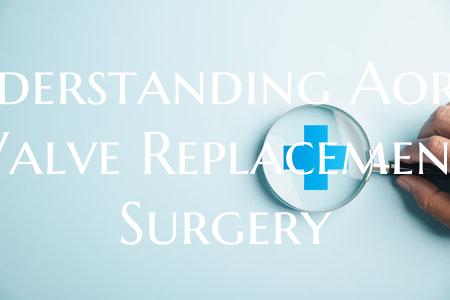
Understanding Aortic Valve Replacement Surgery
Aortic Valve Replacement Surgery: A Comprehensive Guide
Aortic valve replacement surgery is a medical procedure that involves replacing a diseased or damaged aortic valve in the heart with a new mechanical or tissue valve. The aortic valve is one of the four valves in the heart that helps regulate blood flow from the left ventricle to the aorta, the body's largest artery.
There are several reasons why a patient may require aortic valve replacement surgery. One common reason is a condition called aortic stenosis, where the aortic valve becomes narrowed or obstructed, leading to reduced blood flow from the heart to the rest of the body. This can result in symptoms such as chest pain, dizziness, fatigue, and shortness of breath.
Another reason for aortic valve replacement is a condition known as aortic regurgitation, where the aortic valve does not close properly, causing blood to leak back into the left ventricle. Over time, this can lead to symptoms such as palpitations, fatigue, and shortness of breath.
Aortic valve replacement surgery is typically performed using open-heart surgery techniques. During the procedure, the surgeon will access the heart through an incision in the chest, stop the heart temporarily, remove the damaged valve, and replace it with a new valve. The new valve may be mechanical, made of durable materials like metal and carbon, or tissue-based, usually sourced from animal valves or human tissue.
Recovery from aortic valve replacement surgery can vary depending on the patient's overall health and the type of valve used. Generally, patients can expect to stay in the hospital for a few days after surgery and may require several weeks to recover fully at home. Cardiac rehabilitation programs can help patients regain strength and endurance after surgery.
It is essential for patients undergoing aortic valve replacement surgery to follow their healthcare provider's instructions closely during the recovery period, including taking prescribed medications, attending follow-up appointments, and making lifestyle changes to promote heart health.
In conclusion, aortic valve replacement surgery is a critical procedure that can improve the quality of life for individuals with aortic valve conditions. Understanding the reasons for the surgery, the surgical process, and the recovery expectations can help patients and their families navigate this journey with confidence and support from their healthcare team.